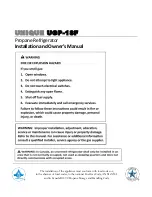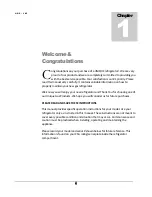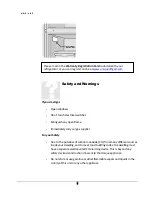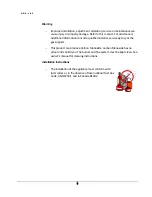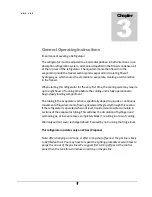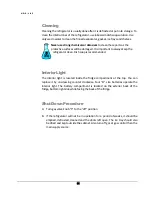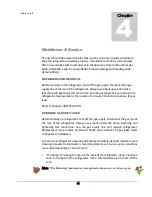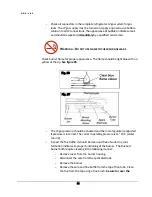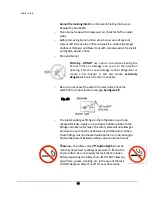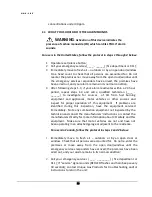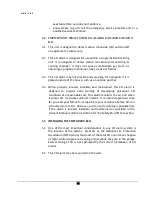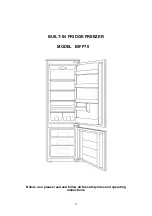
U G P - 1 8 F
10
How to Use the Refrigerator
FOOD STORAGE COMPARTMENT
The food storage compartment is completely closed and unventilated, which is
necessary to maintain the required low temperature for food storage. The coldest
areas in the refrigerator are under the cooling fins and at the bottom of the
refrigerator. The warmer areas are on the upper door shelves. This should be
considered when placing different types of food in the refrigerator.
DEFROSTING
Frost will gradually accumulate inside the refrigerator on the evaporator plate. It
must not be allowed to grow too thick as it acts as an insulator and adversely
affects the refrigerator performance. Check the formation of frost every week and
when it exceeds 3/8” thick or more, defrost the refrigerator. It will not hurt the
fridge to have the ice buildup. If it gets too thick it will act as an insulator and
hamper the cooling ability of the fridge.
Defrosting can be done with the fridge running if so desired. Simply open both
doors and turn thermostat to Defrost, or fully counter clockwise. Once the ice
starts to melt a towel can be placed under the evaporator fins in the fridge, then
pull off the ice. Wipe the fins clean and shut both doors.
DO
NOT
USE A HOT AIR BLOWER
,
PERMANENT DAMAGE
COULD RESULT
,
DO
NOT
USE A KNIFE
,
AN ICE PICK
,
OR ANY OTHER SHARP TOOLS TO REMOVE FROST
FROM THE EVAPORATOR PLATE
.
Inside the refrigerator compartment, the defrost water runs from a collector
channel to a drip tray/cup at the rear of the refrigerator where it normally
evaporates. If heavy frost has built up on the cooling fins creating a lot of defrost
water. Beware your water reservoir may overflow, we suggest you inspect the
reservoir before and after cycle.
Note:
When all frost has melted set the thermostat to its max position until
desired interior temperature has been achieved, approx. 8 plus hrs dependent on
room temperature, and then replace all food.


